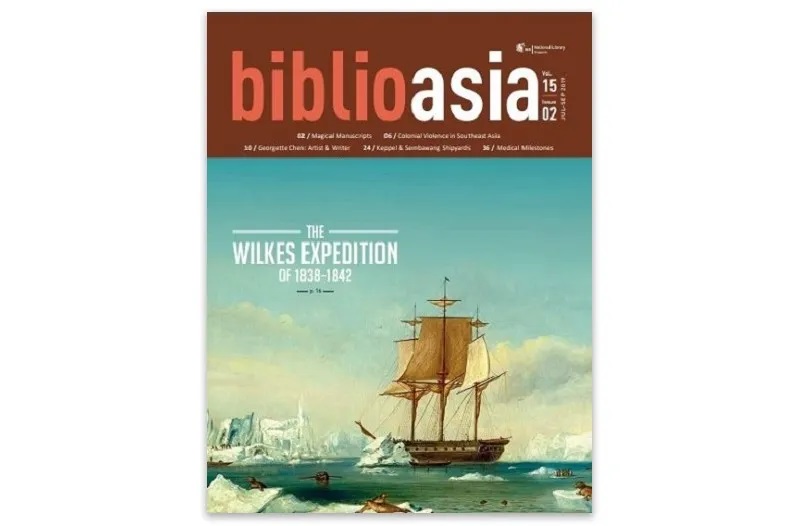Director's Note (Jul-Sep 2019)

This issue of BiblioAsia presents yet another selection of diverse and, hopefully, riveting essays for your reading pleasure.
Writing is an art form that is increasingly sidelined in this digital world of truncated emails and text messages. Novelist Meira Chand looks back at her collection of written manuscripts – filled with random notes and scribblings on the margins – and ponders over their value in a time where writers have gone paperless. In not dissimilar vein, K.U. Menon pores over letters written by government officials in postwar Singapore as part of a declassification project by the National Archives, and rues the death of elegant writing.
Still on the subject of authorship, Farish Noor’s essay on the violence inflicted by the British on the people and lands they colonised in Southeast Asia and its glaring omission in 19th-century writings – including those by Stamford Raffles – provide much food for thought.
From the mid-18th to the 19th century, several scientific expeditions were launched by European nations to map out newly “discovered” lands around the world. An American naval expedition in 1842 is noteworthy for the breadth of scientific and educational knowledge it acquired during the course of its journey. Led by Lt. Charles Wilkes, the fleet made a stop in Singapore in 1842, as Vidya Schalk reveals.
Profit was clearly the main motive when Singapore’s first dockyard was established in 1859 to take advantage of the island’s position at the crossroads of East-West trade. Wee Beng Geok traces the colonial roots of Keppel and Sembawang shipyards – both major drivers in the economy today.
Moving on to more recent times, Lim Tin Seng charts Singapore’s efforts in preserving and conserving historic buildings and sites since 1950, while Cheong Suk-Wai uses oral history interviews to weave a fascinating narrative of some of our significant breakthroughs and achievements in the field of medicine. People who grew up in Singapore in the 1970s will likely remember shopping at an Oriental Emporium. Kam Kit Geok takes a look at the history of this home-grown chain of department stores.
Jeffrey Say asserts that Singapore’s contemporary art scene can be traced to 1986, at least two years before the start point generally agreed by art critics while Sara Siew examines the life of pioneer artist Georgette Chen, and reveals the little-known fact that Chen was an equally prolific writer.
Finally, we look at the career of the late photographer K.F. Wong. While his images provide an important perspective of Singapore in the postwar years, it is his photos of the indigenous peoples of Borneo that brought him critical acclaim, as Zhuang Wubin tells us.
We hope you enjoy reading this issue.
Ms Tan Huism
Director
National Library

